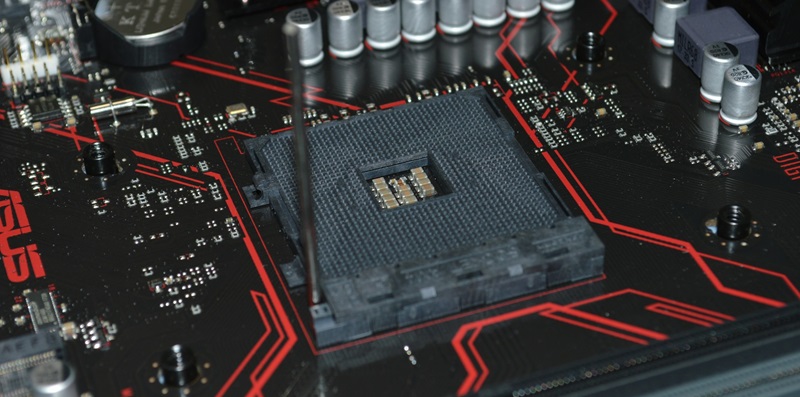ASUS, a leading manufacturer of motherboards, has recently released an updated BIOS for its X670E motherboard lineup. The new BIOS, version AGESA 1.1.0.2a, is designed to provide improved support for the upcoming AMD Ryzen 8000G APUs. This update demonstrates ASUS’s commitment to staying at the forefront of technology and ensuring their customers have access to the latest advancements.
ASUS Rolls Out AGESA 1.1.0.2a BIOS for X670E Motherboards
ASUS has taken the initiative to roll out the AGESA 1.1.0.2a BIOS update specifically for its X670E motherboards. This BIOS update is significant as it aims to enhance support for the highly anticipated Ryzen 8000G APUs, ensuring seamless compatibility for users.
Main changes in the BIOS update
The AGESA 1.1.0.2a BIOS update brings key changes to ASUS’s X670E motherboards. One significant update is the introduction of the AMD ComboAM5 1102a RC1. This updated firmware provides a more stable and optimized platform for the Ryzen 8000G APUs, maximizing their performance potential.
Furthermore, ASUS has addressed reported issues related to missing M.2 devices in this update. This means users can now rely on a more reliable and comprehensive storage experience when utilizing M.2 devices with the X670E motherboards.
ASUS leads with enhanced support for AMD Ryzen 8000G APUs
ASUS has once again proven its commitment to innovation by being the first to roll out the AGESA 1.1.0.2a BIOS update for its motherboard lineup. This update offers enhanced support specifically tailored for the upcoming Ryzen 8000G APUs. Users can expect improved performance, increased efficiency, and expanded functionality when using these APUs with ASUS’s X670E motherboards.
Limited availability of top X670E motherboards
While BIOS updates have been made available across all AM5 motherboards, the release of AGESA 1.1.0.2a is limited to ASUS’s top-of-the-line X670E motherboards. This includes the renowned ROG Crosshair, ROG STRIX, TUF, and ProArt series. These high-end motherboards are known for their robust features, exceptional build quality, and advanced performance capabilities. Users who invest in these premium motherboards can now enjoy the benefits of the latest BIOS update and the forthcoming Ryzen 8000G APUs.
Enhanced Support for AMD Ryzen 8000G APUs
The AGESA 1.1.0.2a BIOS update caters specifically to the compatibility and performance requirements of the upcoming Ryzen 8000G APUs, ensuring a seamless user experience. With enhanced support for these advanced processors, users can expect improved multitasking capabilities, faster load times, and overall smoother performance. The new BIOS update opens up a world of possibilities and ensures users can take full advantage of the innovative features offered by the Ryzen 8000G APUs.
System and platform performance improvements
In addition to its enhanced Ryzen 8000G APU support, the AGESA 1.1.0.2a BIOS update brings notable system and platform performance improvements to ASUS’s X670E motherboards. Through optimizations and refinements, users can experience enhanced system responsiveness, faster data transfer speeds, and overall improved efficiency. This BIOS update is ASUS’s dedication to providing the best-in-class performance to its customers, ensuring that their X670E motherboards deliver exceptional performance across various demanding applications and workloads.
ASUS’s release of the AGESA 1.1.0.2a BIOS update for its X670E motherboards signifies a significant step forward in improving support for the upcoming Ryzen 8000G APUs. With this update, ASUS ensures seamless compatibility, enhanced performance, and platform optimizations, further solidifying its position as a leading manufacturer of high-end motherboards. Users investing in ASUS’s X670E motherboards can look forward to unlocking the full potential of the Ryzen 8000G APUs, enjoying unparalleled performance and a superior computing experience.

